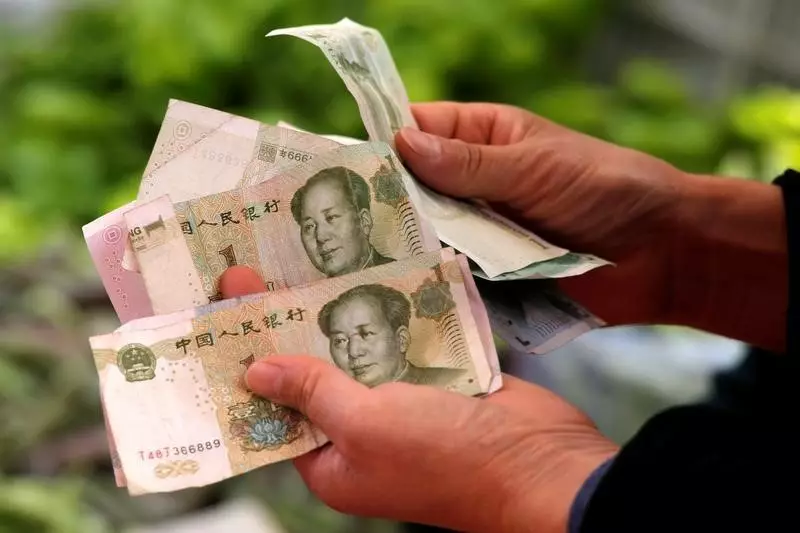Recent developments in the geopolitical landscape continue to create ripples across global financial markets, especially in Asia. The latest U.S. export restrictions on China’s semiconductor industry have sent many Asian currencies into a tailspin, with the Chinese yuan dropping to a one-year low. This situation has sparked a broader assessment of how political and economic maneuvers can destabilize regional markets, influencing investor sentiment and currency strength.
In a significant escalation of trade tension, the United States has introduced its third round of export restrictions aimed at 140 Chinese entities, particularly in the semiconductor sector. This bold step reflects the U.S. intent to curb China’s access to advanced technology critical for high-tech innovations, specifically artificial intelligence. By limiting access to these essential resources, the U.S. not only seeks to impede China’s technological advancements but also positions itself as a defender of its economic interests on the world stage.
The immediate impact of these restrictions has been observed in the currency markets. These measures add to the strain on the yuan, which has already experienced declines. Furthermore, the market volatility surrounding this situation has prompted concerns among investors about the stability and future of regional currencies.
The ramifications of the U.S. actions extend beyond China. Countries like Australia, which have strong economic ties to China, are experiencing currency weaknesses as a result of decreased demand for their exports. The Australian dollar has weakened, trading close to four-month lows, and is anticipated to remain under pressure ahead of crucial GDP data due to be released soon.
Moreover, the interdependencies within the Asian economies, particularly those reliant on semiconductor exports, are becoming increasingly apparent. The South Korean won has shown little movement amid the panic, as the nation grapples with inflationary pressures that could lead to shifts in monetary policy from the Bank of Korea.
As these dynamics unfold, investor sentiment remains shaky. The recent threats from U.S. President-elect Donald Trump regarding imposing 100% tariffs on goods from BRICS nations exacerbate fears of escalating trade conflicts. Such aggressive rhetoric could further diminish investor confidence across the entire region, as policymakers and economists worry about the possibility of retaliatory measures and subsequent currency fluctuations.
Interestingly, despite the tensions, the U.S. dollar has shown resilience, attributed to expectations surrounding slower interest rate cuts amid persistent inflation. For eight consecutive weeks, the dollar gained strength, establishing dominance in the currency markets. The U.S. Dollar Index has maintained an upward trajectory, reflecting broader expectations that may make Asian currencies appear even more vulnerable.
The fluctuating economic landscape has led to varied responses among Asian currencies. In Japan, the yen has seen minor upticks against the dollar, but overall stability remains a concern. Conversely, the Philippine peso has demonstrated resistance to significant changes, despite the government revising its 2024 economic growth forecast downwards. This revision reflects the broader uncertainties that economic managers face as they navigate through local and global turbulence.
India’s currency has remained relatively muted, illustrating a cautious approach in the face of the evolving trade tensions and their implications on the Indian economy. Currency adjustments have highlighted how interconnected and fragile these economies are concerning external pressures from major powers like the U.S. and China.
The developing scenario surrounding U.S. export restrictions portrays a complex landscape for Asian currencies. As stakeholders continue to evaluate the repercussions of aggressive trade policies, investor sentiment could either build resilience or further deteriorate, highlighting the fine balance in international finance. Markets will need to remain vigilant, not only in assessing the impacts of these export policies but also in adapting strategies that will safeguard their economic interests amidst the turbulent sea of global relations. The future will undoubtedly hinge on how these nations respond to shifting pressures, both internally and externally, as the dance between protectionism and economic growth continues.

